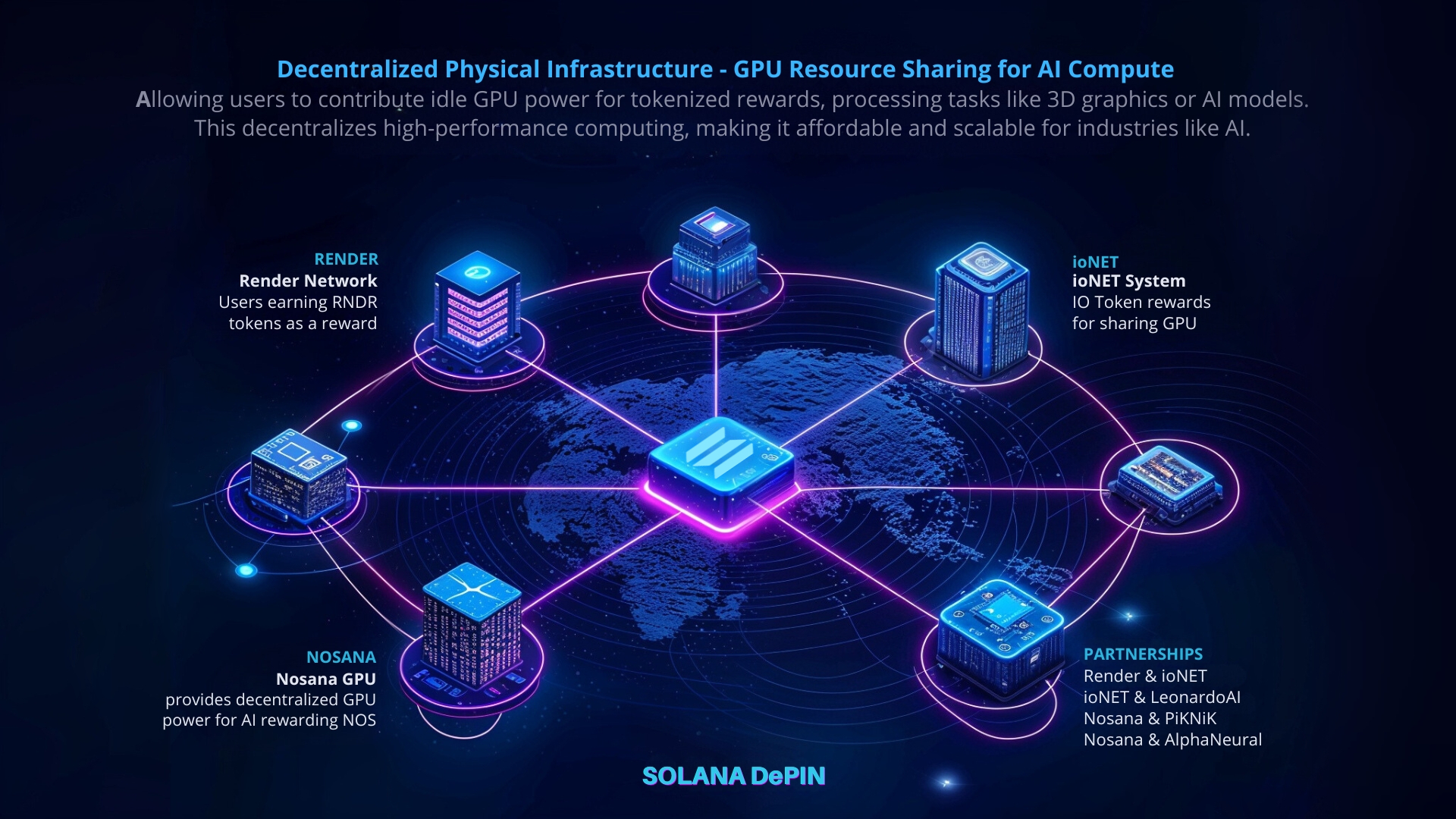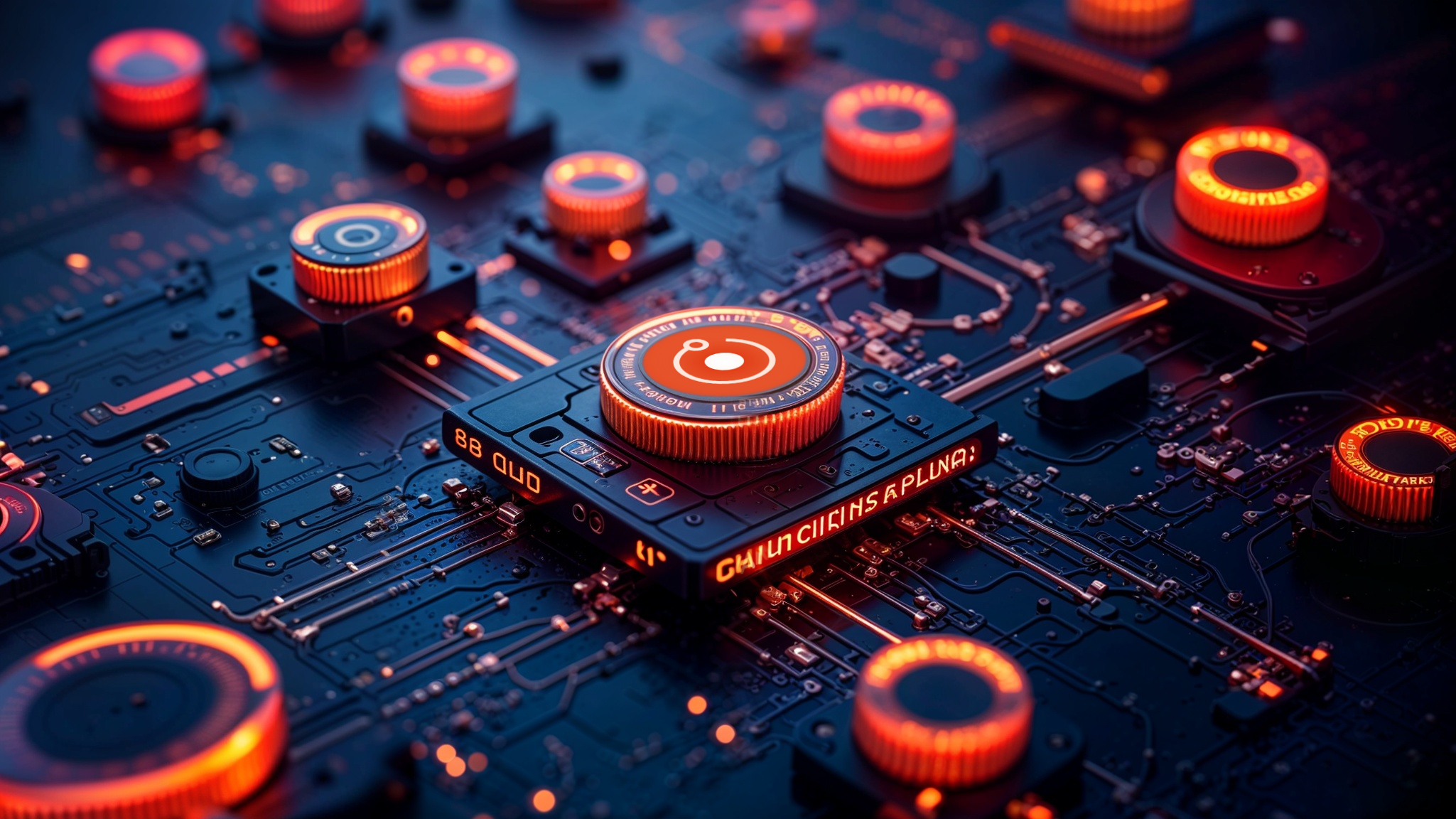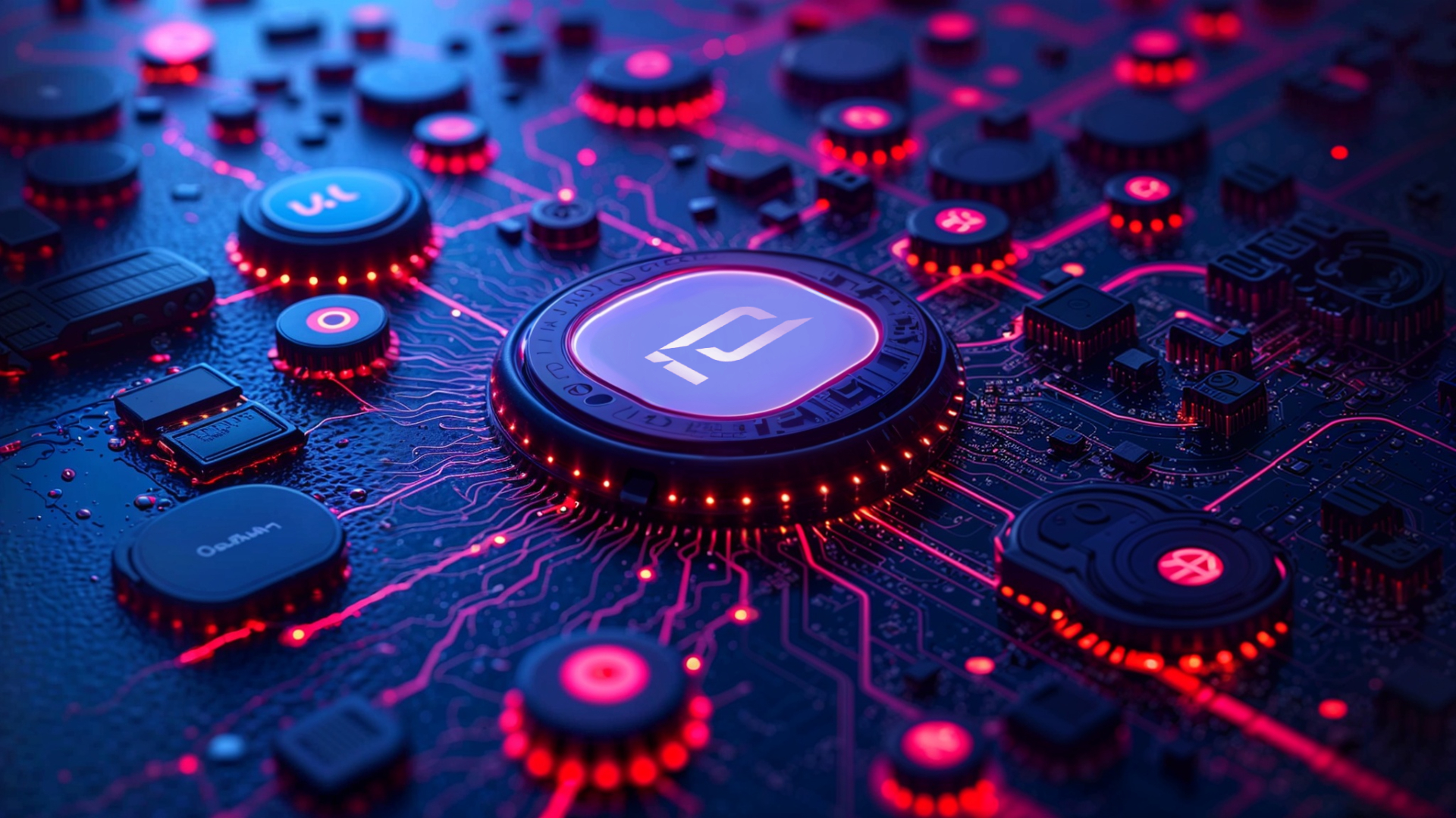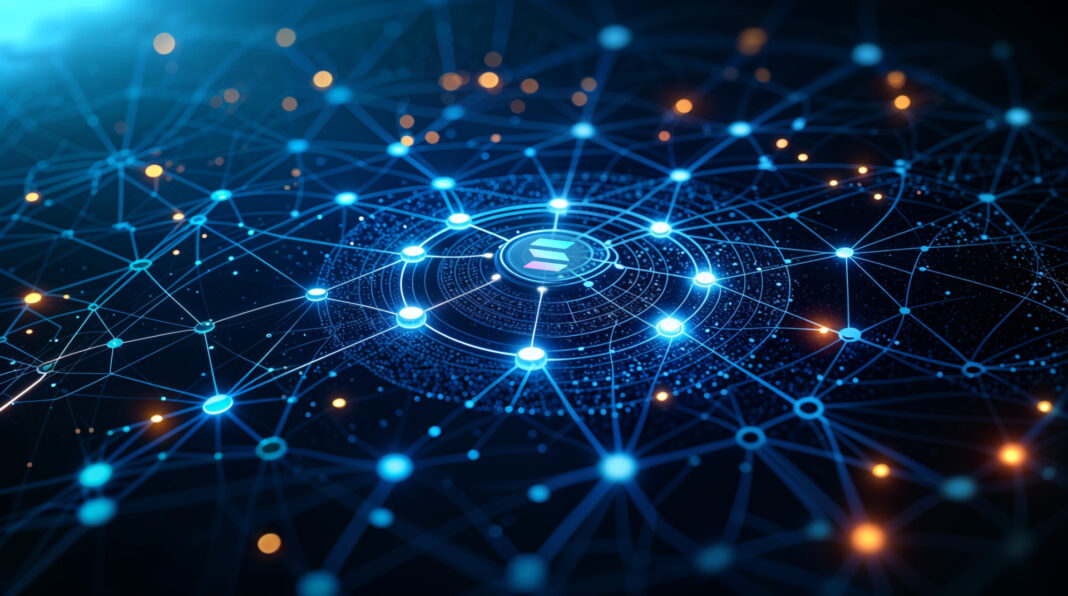Podcast Discussion: Deep Dive Into This Article.
The rise of Decentralized Physical Infrastructure Networks (DePIN) on Solana is a major trend that’s driving innovation across industries, particularly in decentralized GPU computing and AI applications. Solana’s blockchain architecture, known for its scalability, high throughput, and low costs, has attracted a host of DePIN projects aiming to revolutionize resource provisioning.
Decentralized Physical Infrastructure Networks for AI
At its core, GPU-based sharing in decentralized networks revolves around individuals or entities contributing their unused computational power to a network in exchange for tokenized rewards. Projects like Render, Nosana, and ioNET are prime examples of this concept. Users with idle GPUs can register as node operators, enabling their hardware to process tasks such as rendering 3D graphics or training AI models. In return, they receive tokens like RNDR, NOS or IO, which can be traded or used within the network. This model not only decentralizes access to high-performance computing resources but also monetizes otherwise idle hardware, making GPU power more affordable and scalable for industries like AI and creative production(DePIN Hub)(DePIN Scan – The DePIN Explorer).
By tokenizing compute power, these platforms incentivize participation, ensuring that computational resources are available on-demand while maintaining decentralized control. This approach is particularly transformative in the AI and rendering industries, which often face bottlenecks due to limited and expensive access to centralized cloud GPU services(DePIN Scan – The DePIN Explorer).

Render Network: Democratizing GPU Power
Render Network is a key player in this space, offering decentralized cloud rendering services powered by GPUs. Its mission to democratize access to high-end rendering capabilities has been met with strong market support, especially after raising $30 million in 2021. This funding has helped Render position itself as one of the largest DePIN projects on Solana, providing services for industries ranging from digital art to AI model training(DePIN Hub)(DePIN Scan – The DePIN Explorer). By decentralizing rendering tasks and creating a marketplace for idle GPU power, Render has greatly expanded the accessibility and affordability of these services, especially for creators and developers.

Nosana: A Solution for AI Compute
Nosana is another leading project on Solana, focusing on AI compute infrastructure. As a decentralized GPU grid tailored for AI inference models, Nosana enables developers to harness GPU power at lower costs than traditional cloud services. Its integration with Render, as outlined in RNP-008, enhances the ability for AI projects to scale. This collaboration has gained significant traction within the Solana ecosystem, especially as AI applications grow in demand across sectors such as gaming(DePIN Scan – The DePIN Explorer)(DePIN Scan – The DePIN Explorer).

ioNET: Decentralizing GPU Networks for AI
ioNET stands out for hosting one of the largest decentralized GPU networks on Solana, providing compute power for AI-driven tasks. Its integration with other DePIN projects reinforces its role in decentralizing not only GPU resources but also AI training environments, giving developers access to necessary compute power without relying on centralized platforms(DePIN Hub).

Mainstream Adoption: Canva and LeonardoAI
An important trend in Solana’s DePIN ecosystem is the push toward mainstream adoption. Projects like LeonardoAI have integrated with platforms such as Canva, and LeonardoAI have partnered with ioNET, signaling the wider application of decentralized infrastructure. While the direct links to Solana’s infrastructure may not be explicitly highlighted or directly mentioned, the association with prominent creative tools like Canva hints at a growing use case for decentralized GPU power outside the crypto-native sphere(DePIN Scan – The DePIN Explorer).
Conclusion: The Road Ahead
Solana’s ecosystem, with projects like Render, Nosana, and ioNET, is shaping up to be a key player in the decentralized computing space. These platforms not only offer solutions to immediate challenges like GPU shortages but also set the stage for mainstream adoption. As partnerships with larger platforms and industries continue to evolve, DePIN on Solana could become a cornerstone in the future of AI, rendering, and decentralized infrastructure.
This evolving landscape highlights Solana’s potential to push DePIN projects beyond blockchain enthusiasts, paving the way for broader acceptance in industries that rely on high-performance computing resources.
Disclaimer: This article reflects opinions based on available information up to September 29, 2024. It is not intended to provide financial advice. Please conduct further research or consult with a financial advisor before making investment decisions.



